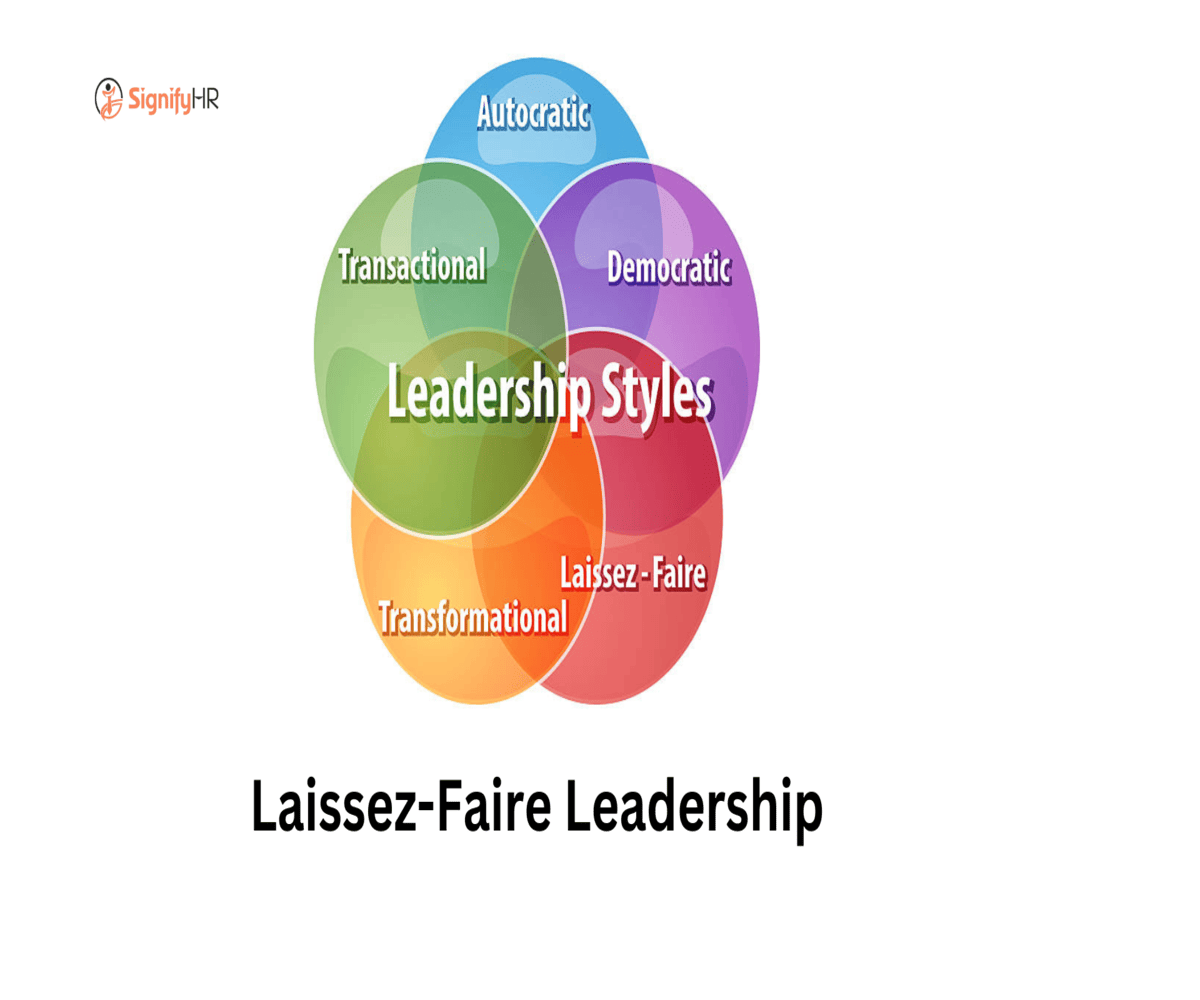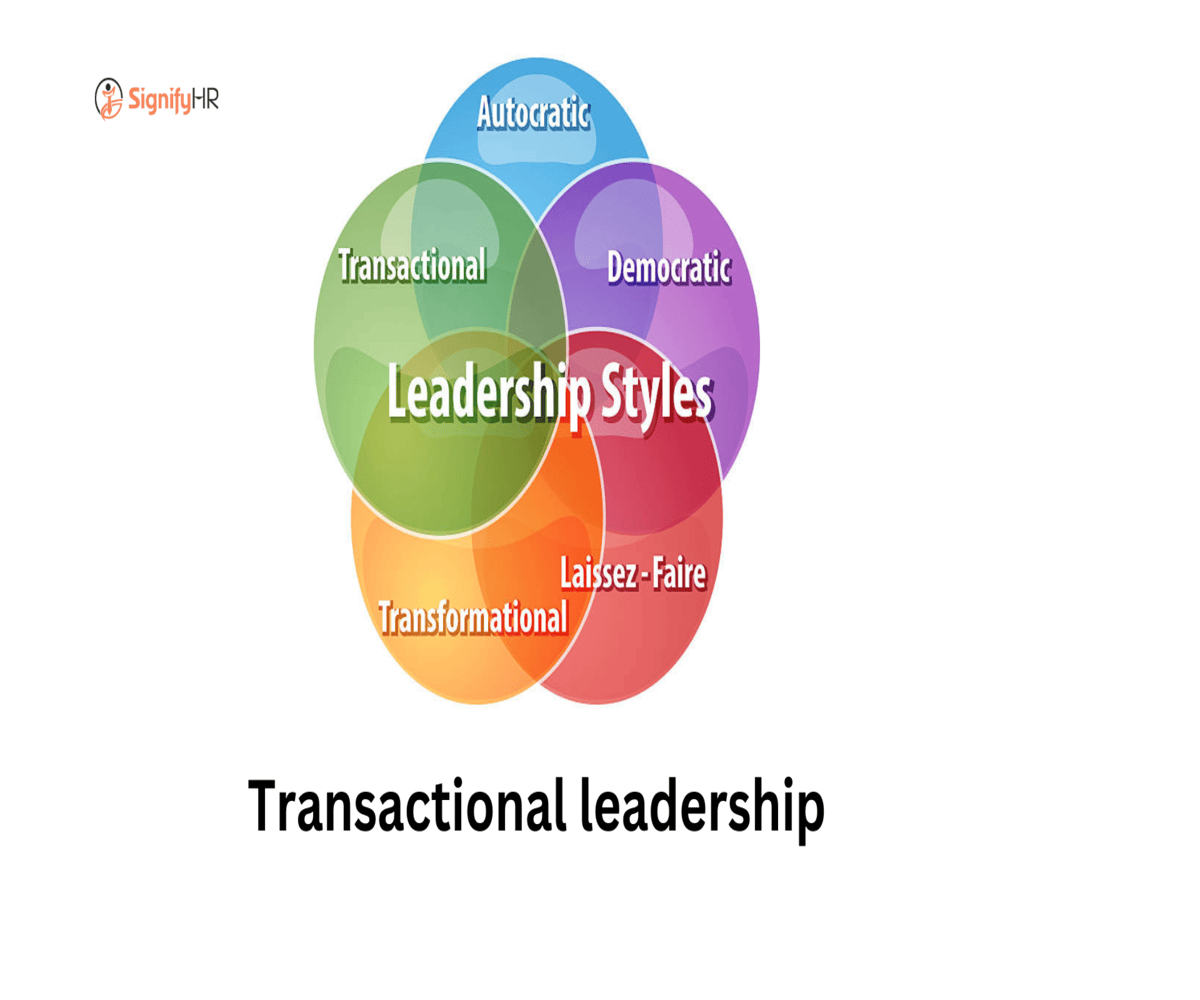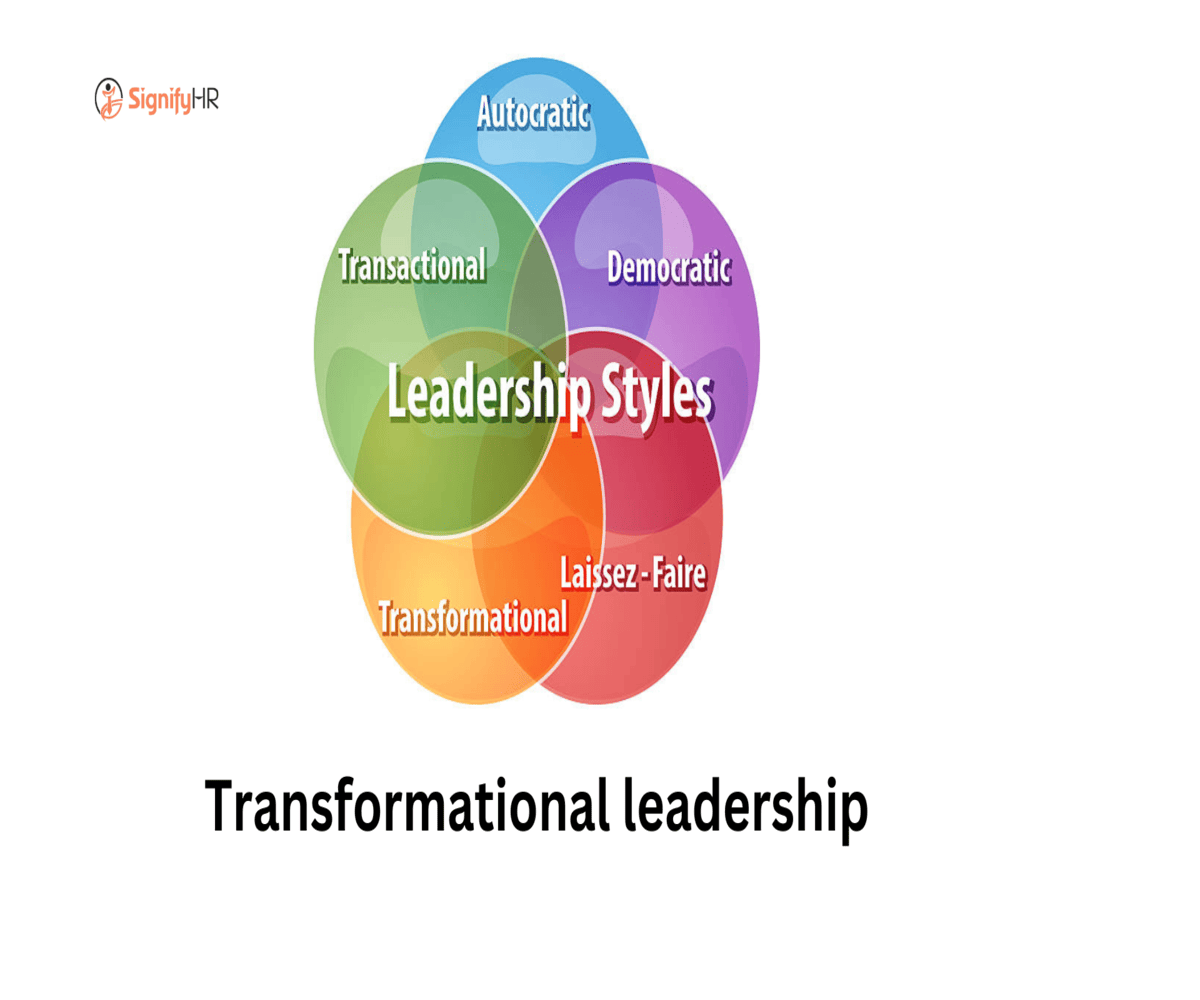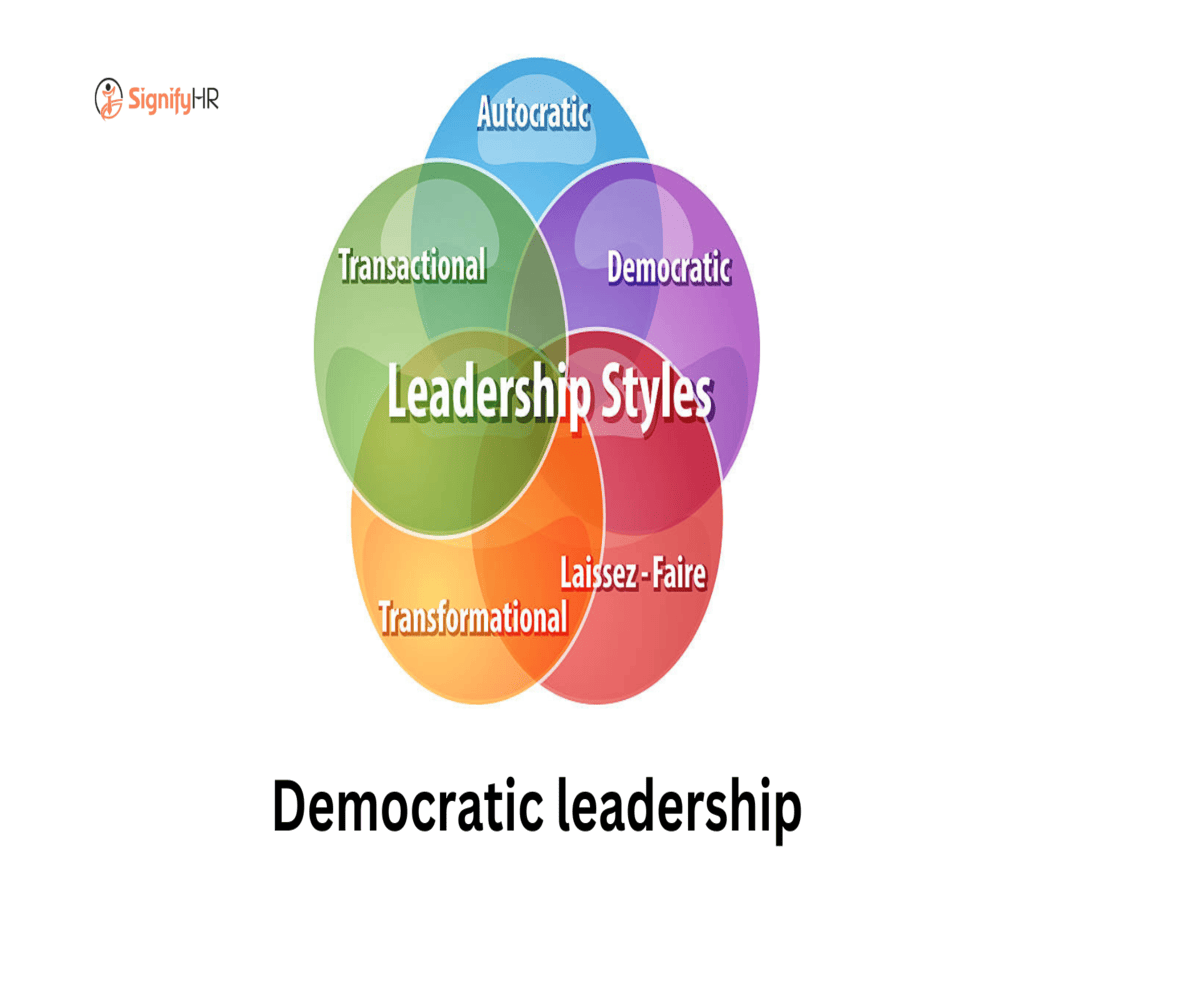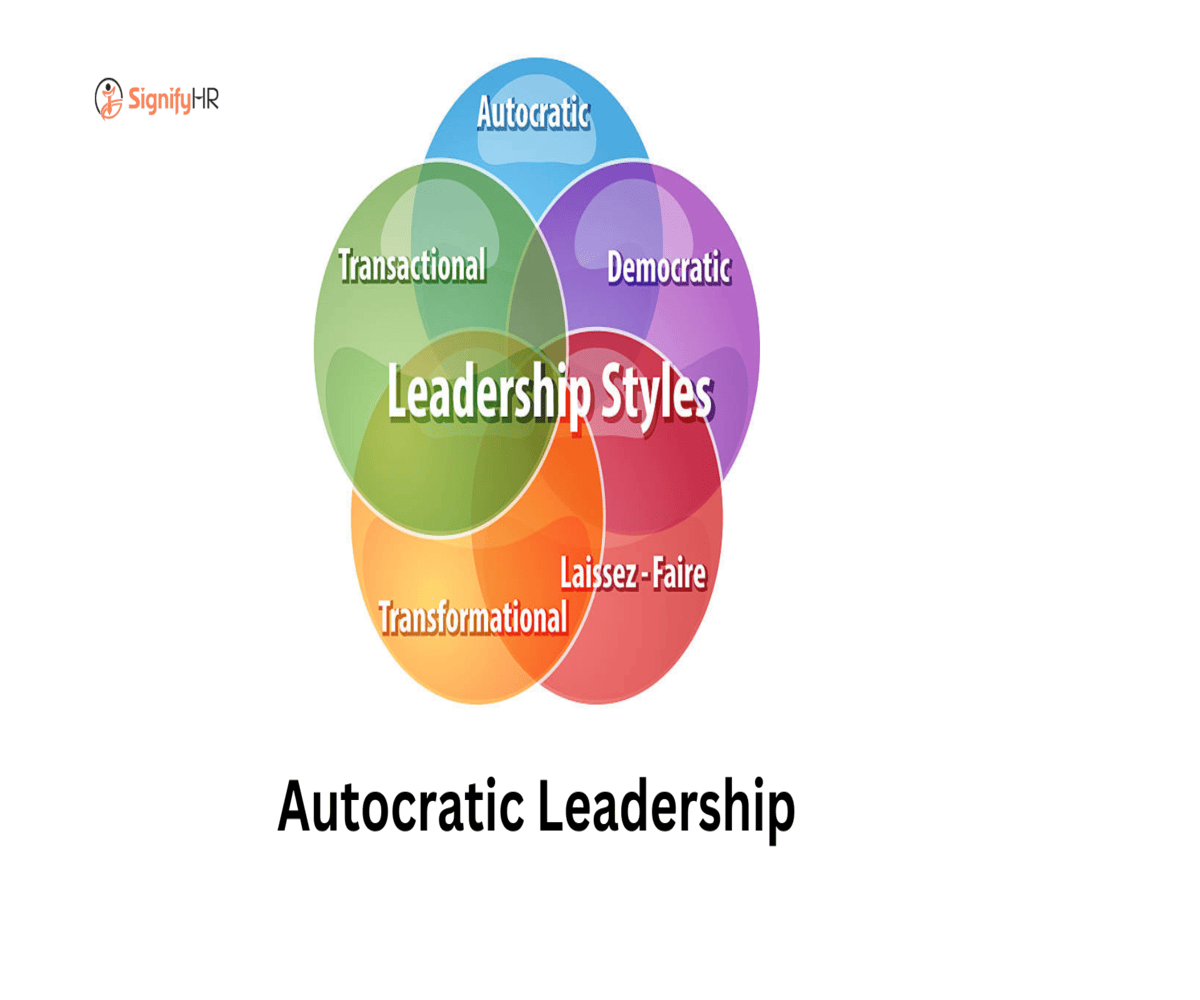Introduction Servant Leadership Theory
Leadership is often associated with authority and power, but an alternative approach—Servant Leadership Theory—emphasizes serving others as the foundation of effective leadership. This theory suggests that true leaders prioritize the needs of their followers, fostering growth, empowerment, and a positive organizational culture. In this article, we will explore the Servant Leadership Theory, its key principles, advantages, criticisms, and applications in modern business settings.
What is the Servant Leadership Theory?
The Servant Leadership Theory, introduced by Robert K. Greenleaf in 1970, proposes that the best leaders focus on serving their team members, helping them develop and perform at their highest potential. Unlike traditional leadership models that prioritize organizational success first, servant leadership puts people first, believing that organizational success naturally follows.
Key Principles of Servant Leadership
Several core principles define servant leadership:
1. Empathy
- Servant leaders seek to understand the emotions, challenges, and perspectives of their team members.
2. Listening
- Effective servant leaders actively listen to employees, valuing their input and fostering open communication.
3. Awareness
- A deep understanding of personal strengths, weaknesses, and organizational dynamics helps leaders make informed decisions.
4. Persuasion
- Rather than relying on authority, servant leaders use influence and encouragement to inspire action.
5. Conceptualization
- A forward-thinking approach allows servant leaders to envision long-term goals while supporting day-to-day operations.
6. Stewardship
- Taking responsibility for the well-being of the organization and its people is a key servant leadership trait.
7. Commitment to Growth
- Servant leaders invest in the professional and personal development of their team members.
8. Building Community
- Creating a sense of belonging fosters collaboration and shared purpose within the organization.
Advantages of Servant Leadership
The Servant Leadership Theory offers multiple benefits, including:
- Increased Employee Satisfaction: Employees feel valued, leading to higher engagement and morale.
- Stronger Organizational Culture: A focus on ethics and service creates a positive work environment.
- Enhanced Team Performance: Employees empowered by servant leadership tend to be more productive and innovative.
- Long-Term Success: Prioritizing people over short-term gains fosters sustainable growth and loyalty.
Criticisms of Servant Leadership
Despite its advantages, the Servant Leadership Theory has some limitations:
- Time-Consuming: Developing and mentoring employees requires significant time and effort.
- Challenging in Hierarchical Structures: In rigid corporate environments, servant leadership may be difficult to implement.
- Potential for Leader Burnout: Constantly prioritizing others can lead to exhaustion if not balanced properly.
- Difficult to Measure: The success of servant leadership is often intangible and hard to quantify.
Modern Applications of Servant Leadership in Business
Many companies, including Southwest Airlines, Starbucks, and The Container Store, have embraced servant leadership to enhance employee well-being and drive organizational success. This leadership style is particularly effective in customer service-oriented businesses, non-profit organizations, and transformational corporate cultures.
Conclusion
The Servant Leadership Theory challenges conventional leadership paradigms by placing service at the core of leadership effectiveness. By prioritizing the growth and well-being of their team members, servant leaders create thriving organizations with engaged employees. In today’s business landscape, where ethical leadership and employee empowerment are increasingly valued, servant leadership remains a powerful approach.





